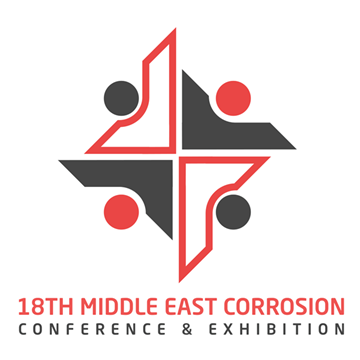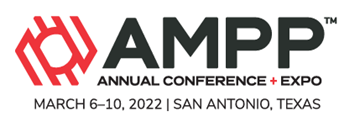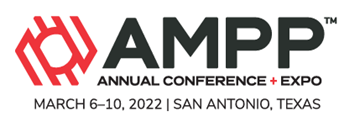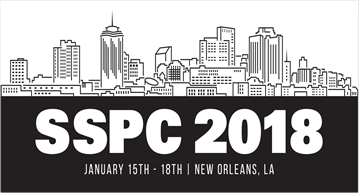Search
Individual Conference Papers
View as
Sort by
Display
per page
Use of Nonmetallic Materials to Improve Construction Productivity and Sustainability of Infrastructure
Product Number:
MECC23-20037-SG
Publication Date:
2023
$20.00
Use of Paint 44/Guide 22, Standards, Training and Certification in the Wastewater Industry
Product Number:
51217-058-SG
Publication Date:
2017
$20.00
Use Of Piezoelectric And Miss Guided Wave Ultrasonic Monitoring Technologies On Underground Piping
Product Number:
51321-16809-SG
Publication Date:
2021
$20.00
Use Of Potential Probes To Monitor Cathodic Protection: Accuracy Of The IR-Free Potential Measurement
Product Number:
51321-16765-SG
Publication Date:
2021
$20.00
Use of Pre-Construction Primers in Marine Construction
Product Number:
41215-876-SG
Publication Date:
2015
$20.00
Use Of Quartz Crystal Microbalance In Study Of Inhibitor Adsorption
Product Number:
51321-16653-SG
Publication Date:
2021
$20.00
Use Of The Corrosion Prognostic Health Management (CPHM) System On The Mi-24 Helicopter
Product Number:
51322-17885-SG
Publication Date:
2022
$20.00
Use of UNS S32906 versus UNS N02200 on the first effect evaporator in NaOH production
Product Number:
51323-19487-SG
Publication Date:
2023
$20.00
Use Of Vapor Phase Corrosion Inhibitor For Tank Bottom Protection
Product Number:
51322-17879-SG
Publication Date:
2022
$20.00
Use of Waterjetting in Conservation of Historic Structures
Product Number:
41205-205-SG
Publication Date:
2005
$20.00
Use of Zinc Thermically Sprayed As Sacrificial Anode for Protecting the Inner Surface of Pipeline Welded Joints
Product Number:
51319-12996-SG
Publication Date:
2019
$20.00
USING A CLIMATE CONTROLLED APPLICATION CHAMBER TO UNDERSTAND COATING DYNAMICS
Product Number:
51218-101-SG
Publication Date:
2018
$20.00












